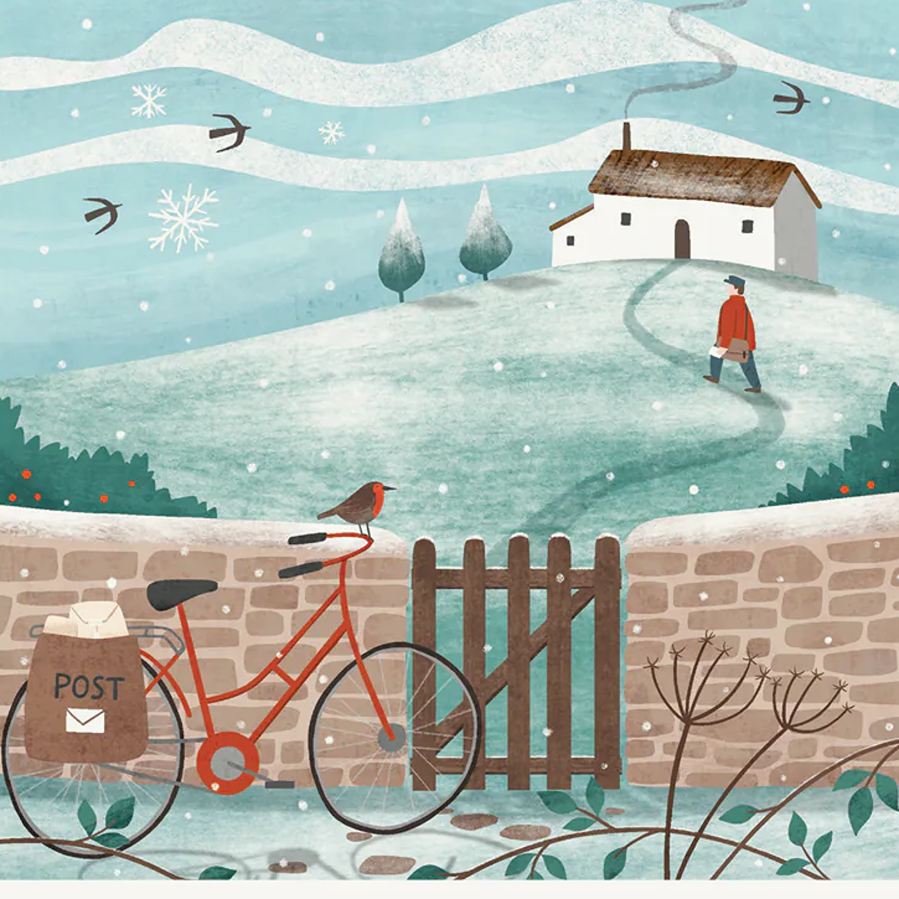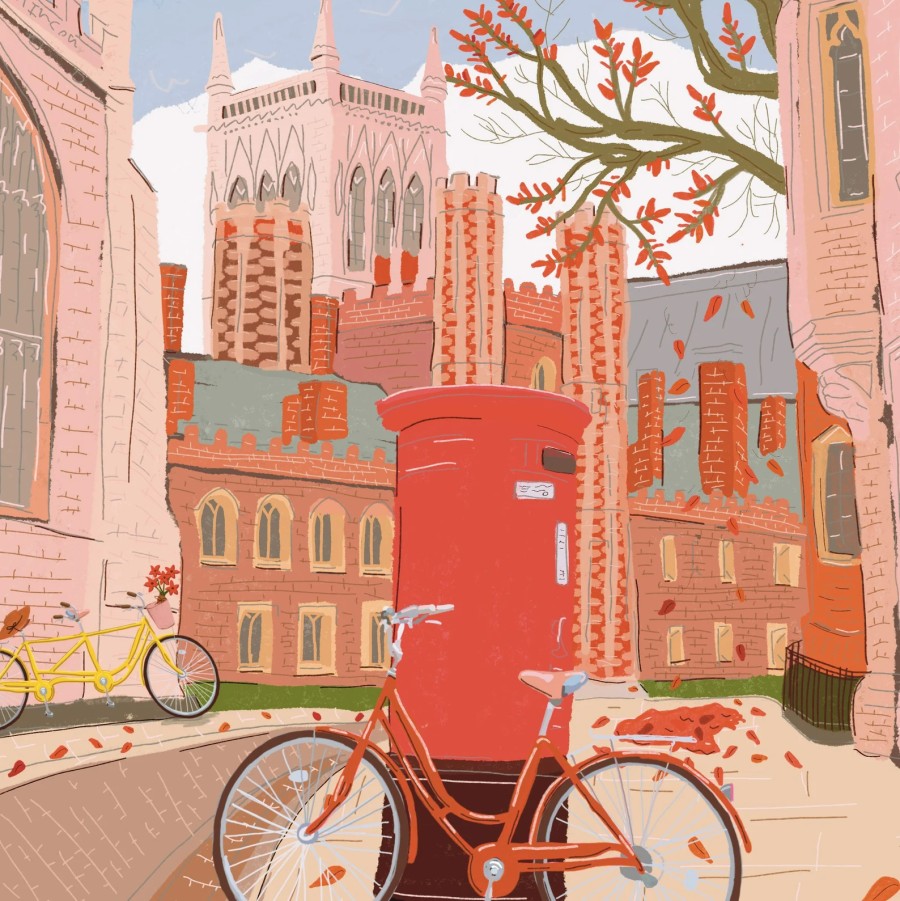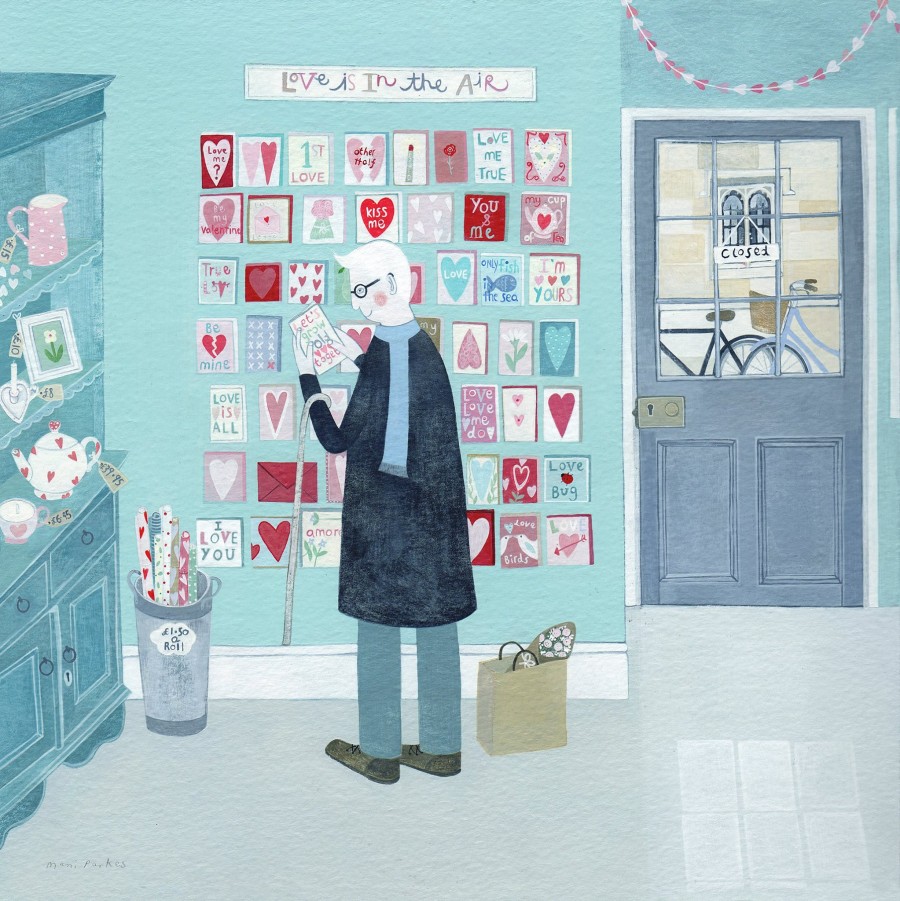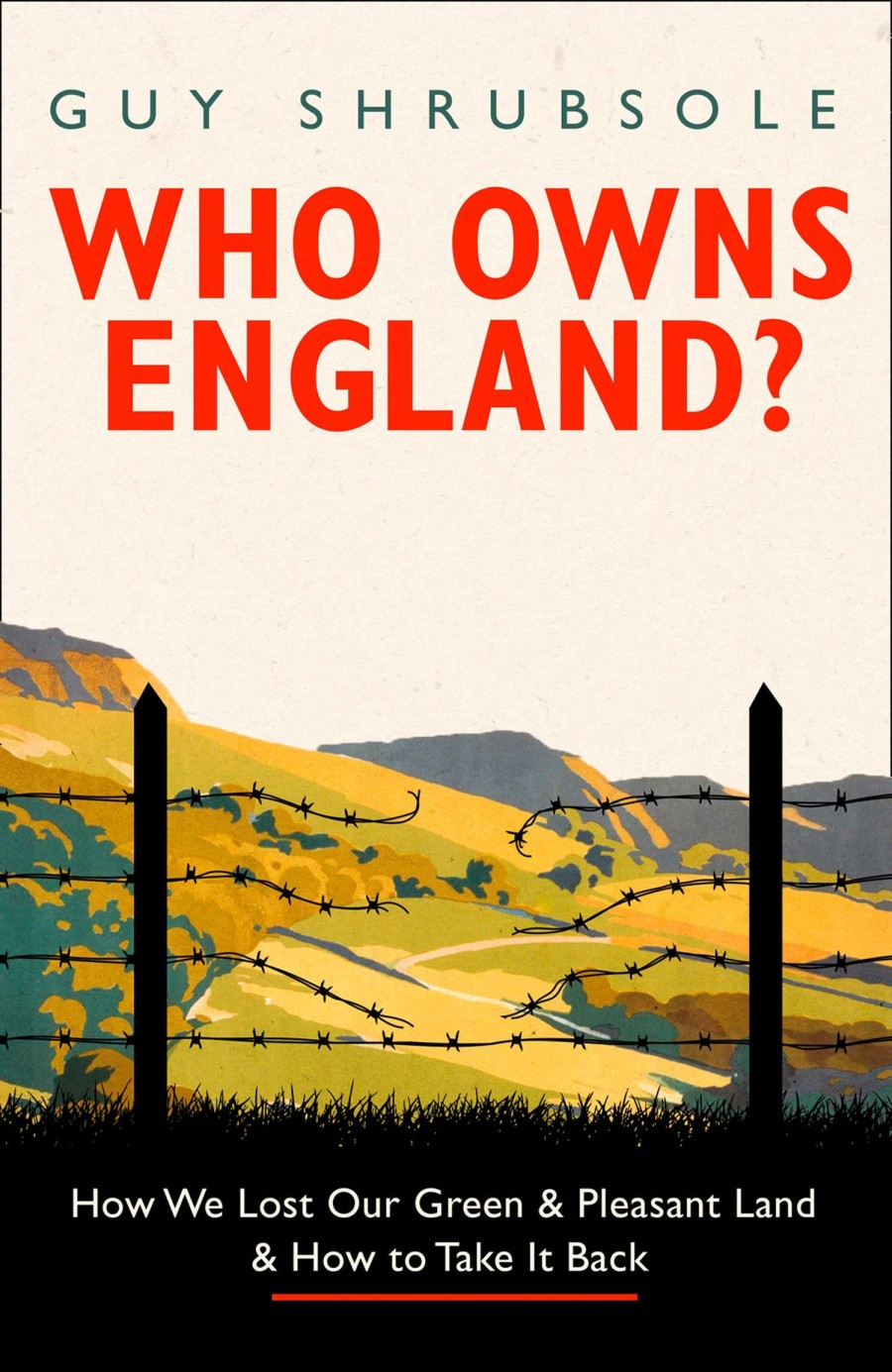
As the Post Office is a monopoly, there are not many choices to post letters. Three Bags Full (Bath) and Pedal & Post (Oxford) use bike delivery (the latter combines with trains for intercity).
It takes longer to post letters abroad, due to snow or mountains. In Chile, some letters take so long to get there due to the Andes, that people often just take the bus to deliver in person!
Don’t send plantable cards to homes with pets (due to toxic wildflowers). And don’t send thick glossy leaflets (one dog almost died recently from licking the paper that contains glue, when it was posted through a letterbox).
use envelope reuse labels to help charities

Envelope reuse labels are sold on a roll, you just stick them on old envelopes to write a new address. You can buy ones that use profits to help hedgehog rescue and humane research.
You can tear off old stamps (leave a small margin) and pop in an A5 envelope (with broken jewellery and old coins) and send off to raise cash for favourite charities. Order a free sack for large collections.
For internal mail (or people who regularly send letters to each other), Lopees (AU) are a good one-time purchase. These reusable envelopes are made from organic cotton so last for years (a great idea, why don’t we have this?)
switch to plastic-free paper tape
Plastic-free packing tape (also in birthday & Christmas designs) is ideal to seal envelope and wrap gifts. Torn from the roll, it’s compatible with standard tape dispensers. It’s less of a choking hazard than sticky plastic tape, but still keep away from young children and pets.
Brand name Sellotape was created during World War II to protect windows from bomb damage, and seal ammunition boxes. But most modern brands of ‘eco tape’ contain bioplastic (if it can only be industrially composted). True plastic-free tape can be home composted.
eco packaging for fragile items
Cascayde Paper Bubble Wrap is an alternative to plastic bubble wrap. Made from paper, it uses a honeycomb design so cells interlock and expand, to firmly secure products. Perfect to pack bottles, glass, ceramics and jars, it’s sold on a 40 metre roll on a cardboard core (like a kitchen roll holder).
Flexi-Hex also uses a hexangonal design, made with 85% recycled cardboard and water adhesives. But this one is sold (wholesale) in all kinds of shapes to fit bottles, spectacles, you can even use it to send surfboards! The most popular bottle duo (Mini Sleeve & Pinch Top Box) is DPD-approved.
eco padded envelopes for parcels

These FSC-certified mailer bags are likely the best alternative (better if they were made from recycled paper). Sold in packs of 1 to 50, the company also sells mailing paper sacks for larger items and board back envelopes.
‘Biodegradable’ simply means it eventually breaks down (so do party balloons, but not until they’ve exploded in the sky and fallen into the sea and choked sea turtles, who think they are jellyfish).
Compostable can be home compostable (snip into strips to break down faster and avoid suffocating wildlife). But most ‘eco mailing bags’ can only be industrially composted. So unless you have an industrial composter in your garden (kerbside can’t take these as they look like plastic), you have to drive to the council’s compost heap (if it has one), so most get binned.
Most ‘compostable mailers’ are made from GM-grown corn, which does not emit toxic gases at landfill, but still is not really that eco-friendly to grow. They are better than plastic, but then most things are.
eco packaging for industrial use
Rydal Apparel transforms inedible herb waste (rosemary) into pretty industrial packaging, along with turning old denim jeans (up to 8 billion pairs sold yearly, most go to landfill) into a white icy paper with blue tingue.
CelluLiner is an insulated paper liner to transport frozen/chilled goods that collapses to form a box shape in seconds. It contains air pockets to slow heat transfer, and can be recycled at kerbside.
where to recycle existing plastic packaging
You can recycle bubble wrap (LDPE) at supermarket bag recycling bins. For a big office clear-out, order a Terraccyle shipping materials box (costs £100 to £400 depending on size). Towns and villages can split the cost, to get all plastic supplies out of town for good, never to return. Just order a box, fill up at a drop-off point and send back using the prepaid shipping label. Items are made into things like industrial piping and park benches.
You can use the box to recycle plastic mailers along with bubble/stretch wrap, packing foam, plastic tape dispensers, shipping peanuts and deflated air cushions. You can’t recycle padded envelopes, laminated paper or hazardous waste.
ask Royal Mail to stop using rubber bands
It’s not the postie’s fault, but Royal Mail is not acting fast enough (it talked about finding alternatives 10 years ago) to replace the millions of red rubber bands used yearly to keep letter piles together. Thousands are littered each day (and you can’t compost or recycle them, just bin them).
Hedgehogs and other creatures get trapped in them, and if they wash into lakes, ducks feed them to chicks, thinking they are worms. One man found one in his cat litter tray and says the Post Office (like everyone else) should be fined for littering. There are plenty of alternatives like paper belly bands, that hold letters together, then are easily composted.






